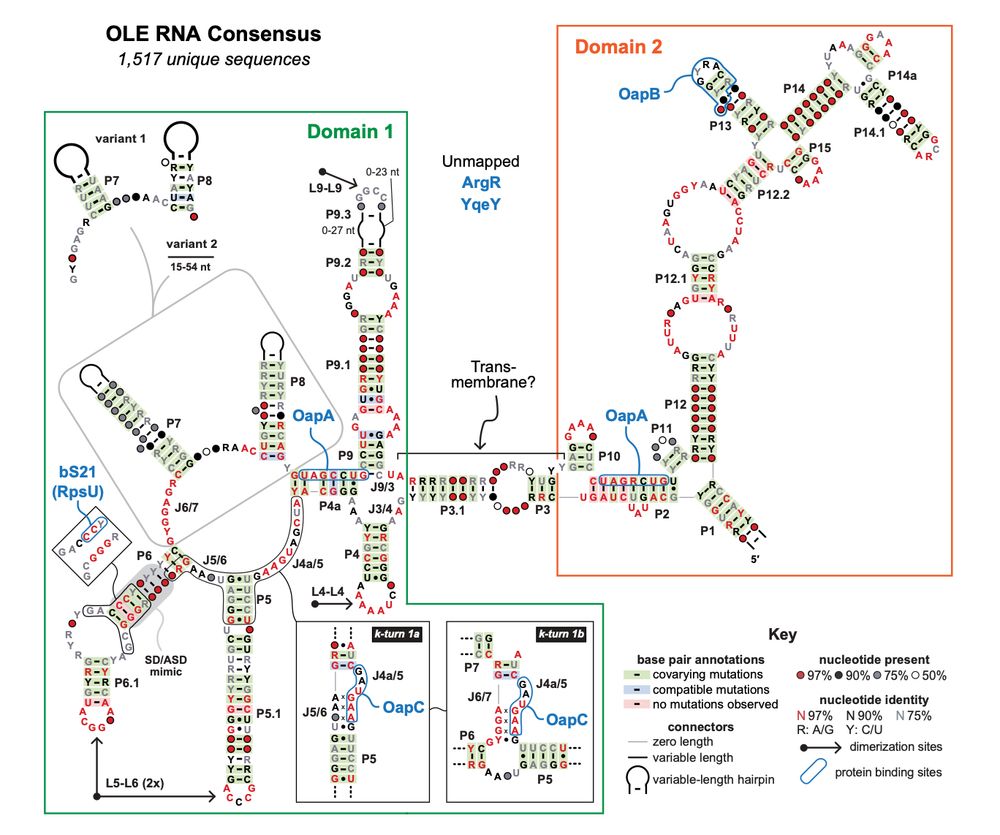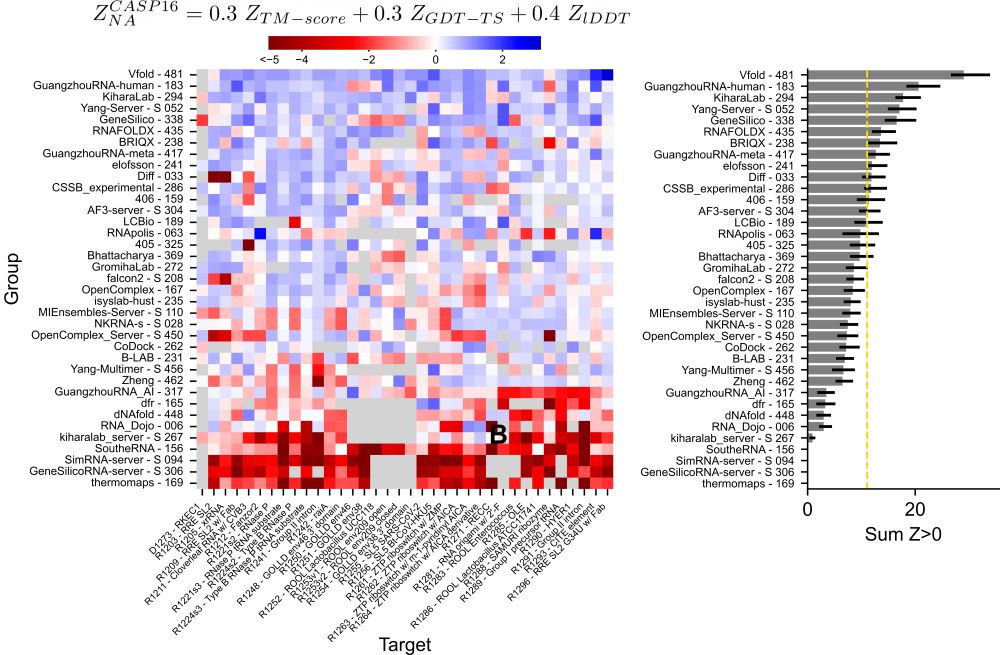Rachael Kretsch
@rachael-kretsch.bsky.social
140 followers
120 following
55 posts
Biophysics PhD Student with DasLab & ChiuLab.
Pairing RNA structure & cryoEM to better understand both!
King's College, Science & Security '19
Harvey Mudd '18
Posts
Media
Videos
Starter Packs









